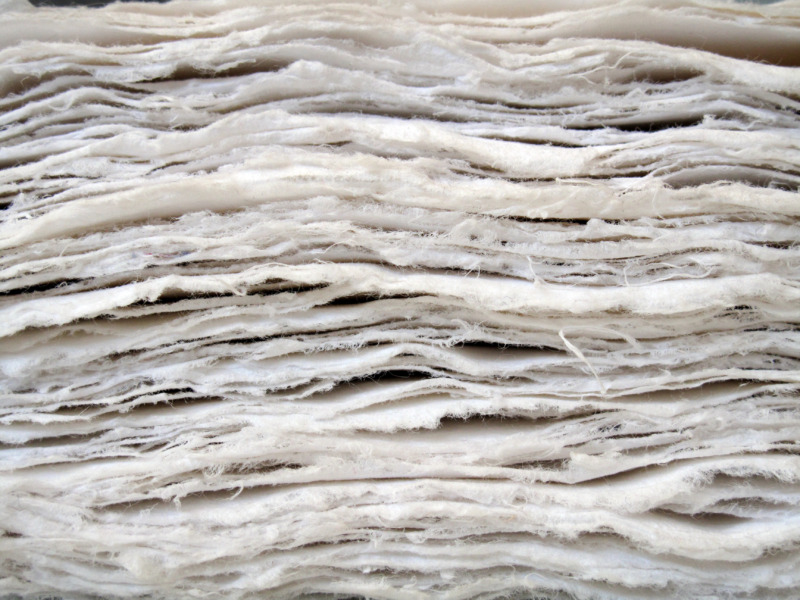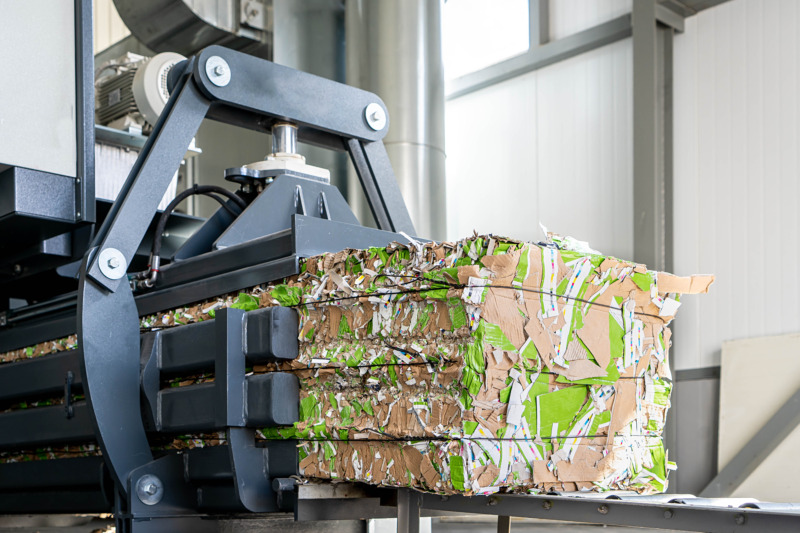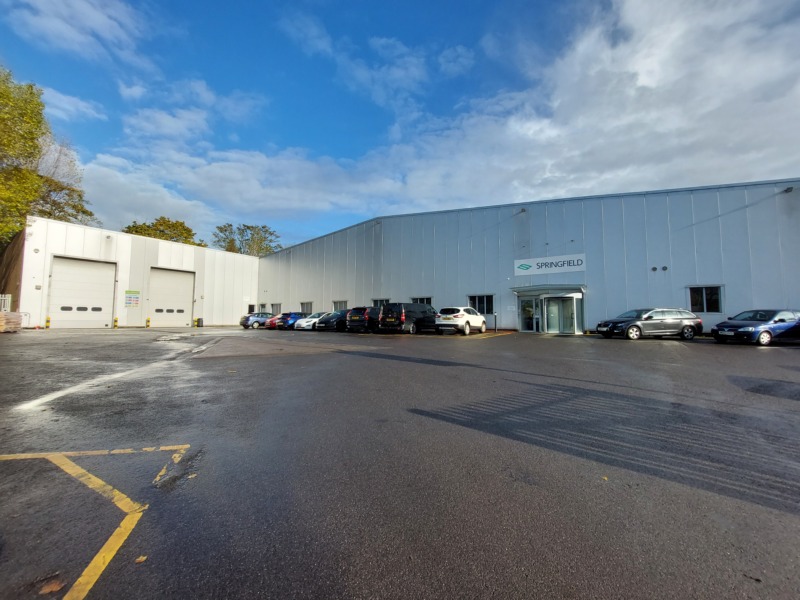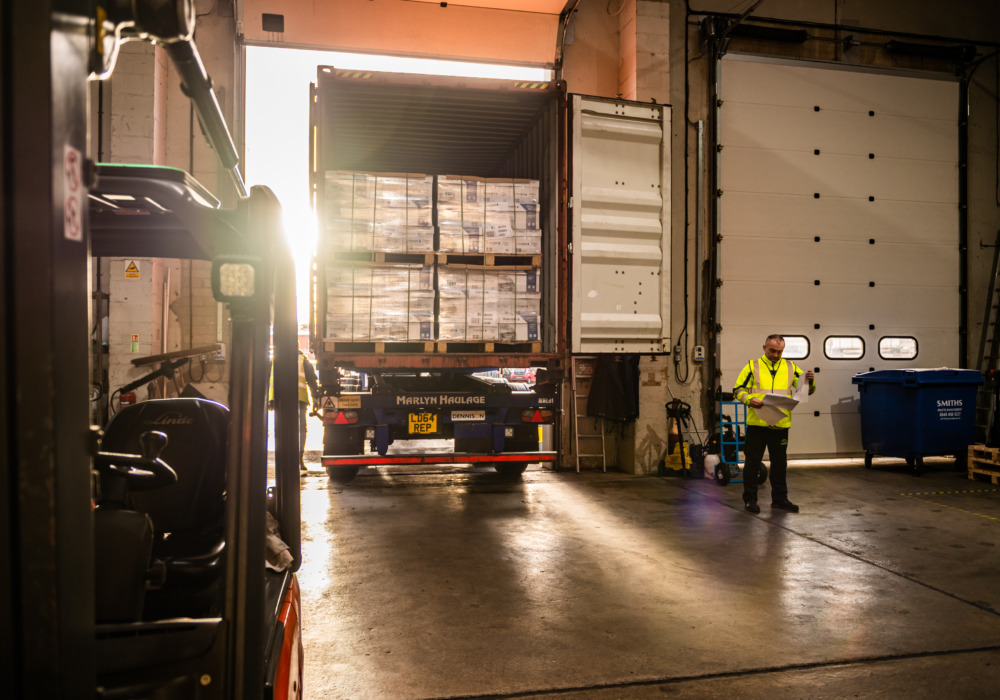Recycling paper
In 2020, Europe recycled 74% of its paper – that’s 370 sheets of paper from a ream of 500.
What more can we achieve in 2023 and beyond? Every year the paper industry makes great strides towards an eco-friendly industry. Recycling is one of the most practical ways to conserve energy and the environment.

The recycling process
The recycling process to create new sheets of paper requires much less energy than producing paper from virgin fibres.
Wood pulp is the raw material that makes paper, derived from wood chips from trees. However, recycled paper is a process which turns paper back into pulp. When mixed with water, and cleaned of ink and other contaminants, the paper can then be used to create 100% recycled paper. If a different quality is needed, these can be mixed with new ‘virgin’ fibres.
Can fibres be recycled forever?
While a reliable option for lowering emissions and minimising deforestation, recycling has its limits.
For starters, single-use paper such as tissue can’t be recycled due to contamination. Regular paper can’t be recycled forever either. Fibres are so worn-down during recycling, they become too short to create new paper.
These can be turned into other products, but virgin tree fibres are required to continue the paper cycle. And as long are there’s a demand for paper, there will always be the need for virgin fibres – sourced from FSC-managed forests.


Recycling at Springfield
At Springfield, we have a unique recycling system. This reduces our carbon footprint and keeps us on track to reach carbon net-zero.
Our delivery vehicles collect confidential documents securely for shredding and recycling. This contributed to our Ecovadis Gold Sustainability rating awarded to us last year. We also stock a wide range of FSC-certified and recycled paper in our warehouse for bulk ordering.
